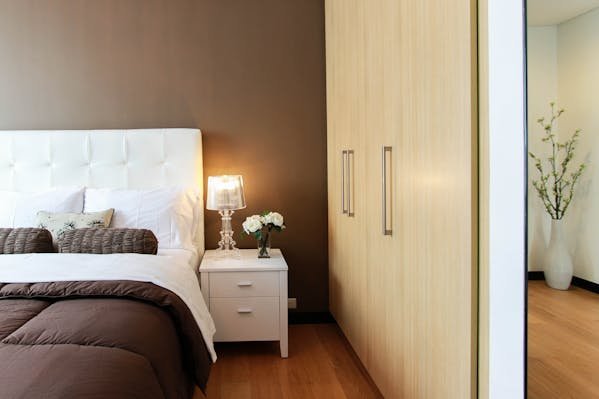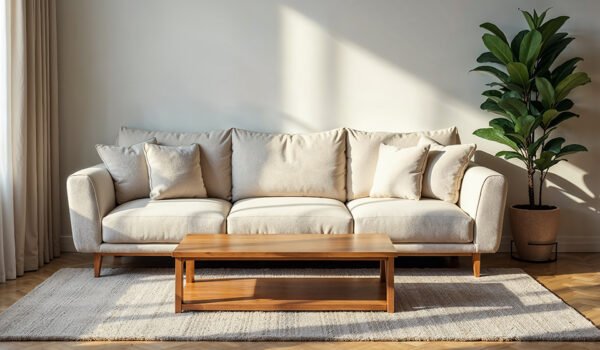If you feel as though your bedroom doesn’t look as luxurious as it could, or if you feel as though you need to make some changes but don’t know where to start, then this is the guide for you. Take a look below to find out more.
Fresh Coat of Paint
Nothing will transform a room more than having a fresh coat of paint. This is the best way for you to try and make sure that your room gets that brand-new feel, and it could save you hundreds of pounds as well. If you are after some top tips, then it could be a good idea for you to try and look online to see what people have done with their bedrooms, so you can make the right changes with your own. You might also want to try to look into all of the different colour schemes you can explore, and how they coincide with one another. By doing this, you will find it easier to explore bold designs that really pop.
Source: Pexels
Upcycle your Furniture
If you have furniture that isn’t the right shade for your home then you will know how frustrating this can be. With that said, you do need to spend some time transforming what you have into items that you will keep forever. Brown wooden furniture is well-made, but it’s not that popular in this day and age. If you want to help yourself to snap up a great bargain, then one thing you can do is source some vintage or even some hard-to-find items. By doing this, you can then use paint as a way to change the colour so that it suits the scheme you have.
Get some New Linen
Another great thing to do would be for you to source some great linen. You can’t put a price on linen at the end of the day, as it’s not just about how it looks, but also about how it feels. You can find a lot of organic sheet sets online, and when you look into them for yourself, you will soon find that it is easier for you to not only find something that suits your room, but that also really reflects the overall look you are going for.
Built-in Wardrobes
If you can, you need to opt for things like built-in wardrobes. The best thing about built-in wardrobes is that they last for a very long time. With that said, they can be expensive, so a good workaround here would be for you to opt for a freestanding wardrobe and then put it on a frame, so you can elevate it. The best thing about doing this is that you can make sure that you not only get the result you need, but that you also make sure that you are personalising it by adding handles and even new paint schemes. If you can do this, you will notice your bedroom come to life, which is great to say the least.









